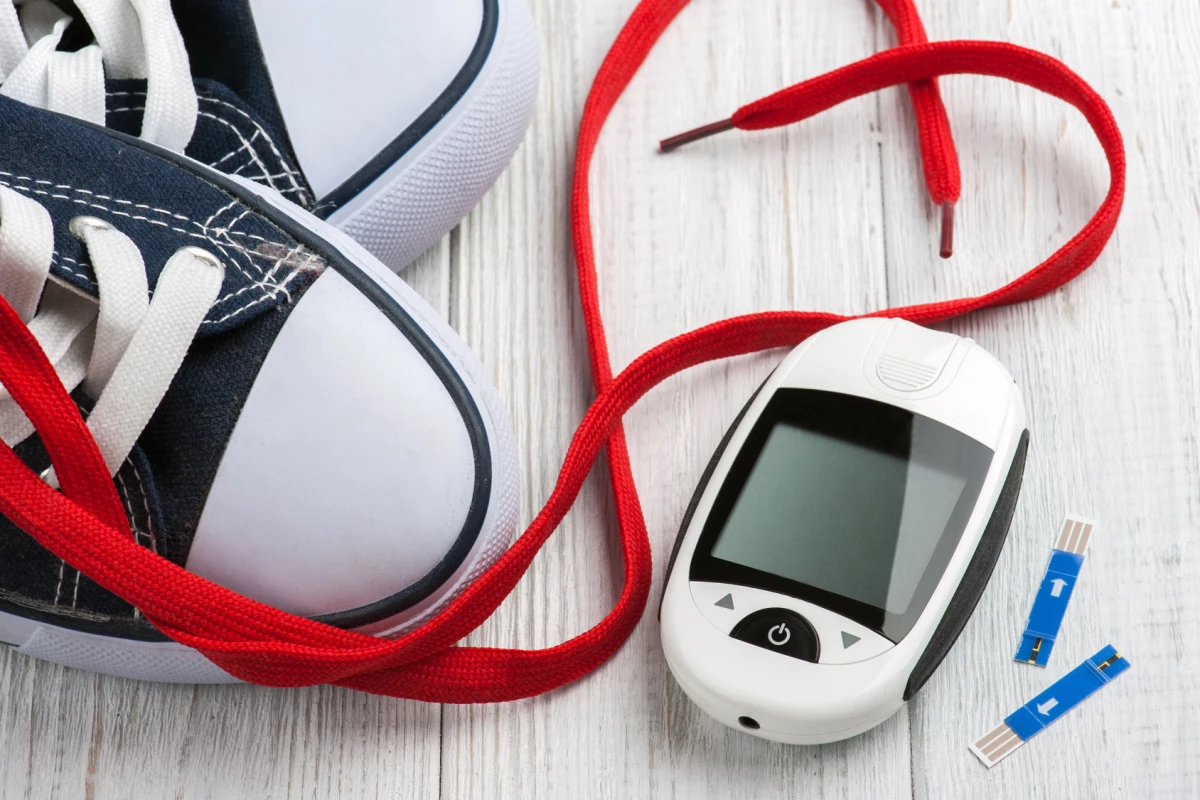The degree to which a diabetic’s blood sugar levels drop in response to physical activity depends on the type of exercise and whether they are male or female, according to new research. The findings provide a helpful guide for diabetics wanting to exercise but wary of low blood sugars.
We all know how good exercise is for our health. But, for type 1 diabetics, who are required to take insulin because their own body doesn’t produce enough or any of it, exercise can cause blood sugar levels to drop too low, known as hypoglycemia. With symptoms like sweating, shaking, irritability, heart palpitations and dizziness, having a 'hypo' is not only unpleasant; it’s life-threatening if it’s not treated quickly. So, it makes sense that some diabetics cut out exercising to avoid the risk of hypos.
In a new study led by the Federal University of the São Francisco Valley, Brazil, in collaboration with Staffordshire University in the UK, researchers investigated which exercises caused the greatest blood sugar drops in type 1 diabetics.
“This study is important because diabetic patients often lack motivation to exercise as a means of managing their condition,” said Dr Pooya Soltani from Staffordshire University, one of the study’s co-authors. “One reason for this is that physical activity can lead to blood sugar drops, causing discomfort and demotivation. We investigated whether the type of physical activity could mitigate these blood sugar drops.”
Nineteen volunteers with type 1 diabetes, 10 of whom were women, participated in 30-minute, moderate-intensity aerobic exercise on a treadmill. The researchers tested the effect of interval and continuous exercise, measuring the participants’ heart rate, blood pressure, and blood sugar before, immediately after, and 20 minutes after each session. The researchers also had the participants report their rates of perceived exertion and enjoyment levels after each session.
While cardiovascular responses, rates of perceived exertion and enjoyment levels were similar across sessions and genders, the researchers observed gender-based differences in blood sugar levels between male and female participants.
Men showed blood sugar reductions immediately after and 20 minutes after continuous aerobic exercise and immediately after interval exercise. In contrast, women showed reduced blood sugar levels only after continuous exercise at both time points compared with pre-exercised blood sugars. The decrease in blood sugar levels at both time points was higher for men after continuous exercise than interval exercise. Overall, lower blood sugar levels were seen after continuous aerobic exercise, with greater reductions observed in men.
The findings show that it’s important to consider gender-specific differences when prescribing exercise for type 1 diabetic patients to avoid the risk of hypoglycemic episodes.
“Our study showed that for male patients, interval exercise, such as short bursts of walking, is preferable when starting with low blood sugar levels,” said Dr Jorge Luiz de Brito-Gomes from the Federal University of the São Francisco Valley, corresponding author of the study. “Conversely, continuous exercise like running is more suitable for those with higher initial blood sugar levels. These approaches can help prevent sudden blood sugar drops.
“For female patients, both interval and continuous aerobic exercise appear to be effective starting points,” de Brito-Gomes continued. “We hope these findings show that gender-specific recommendations should be considered for aerobic exercise prescription, especially for men with irregular physical activity levels.”
The study was published in the American Journal of Cardiology.
Source: Staffordshire University





